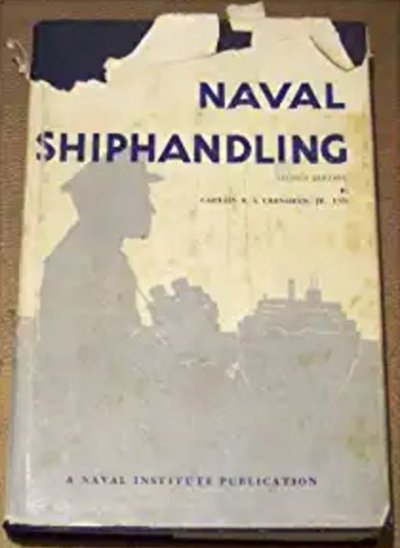Kuncicky
Veteran Member
- Joined
- May 7, 2021
- Messages
- 88
- Vessel Name
- Betty L
- Vessel Make
- 1973 Gulfstar
Sometimes, when I think that I really am beginning to catch on to how to handle my old boat, I get a lesson. I have always just taken the easy way out, going in bow first to the slip. But I see that most of the other boats back in. So figured that I could do it too. Nope. I get it right up there, but then the current pushes the bow to the side, and it is clear that the swim platform is going to bang into the piling. So I wind up going in bow first once again. Dang!
So, are there any tips on how to back a twin engine boat into a slip? Seems like it would be a piece of cake, but it is not. Not for me anyway. So I humbly ask for your advice.
Bill
So, are there any tips on how to back a twin engine boat into a slip? Seems like it would be a piece of cake, but it is not. Not for me anyway. So I humbly ask for your advice.
Bill




